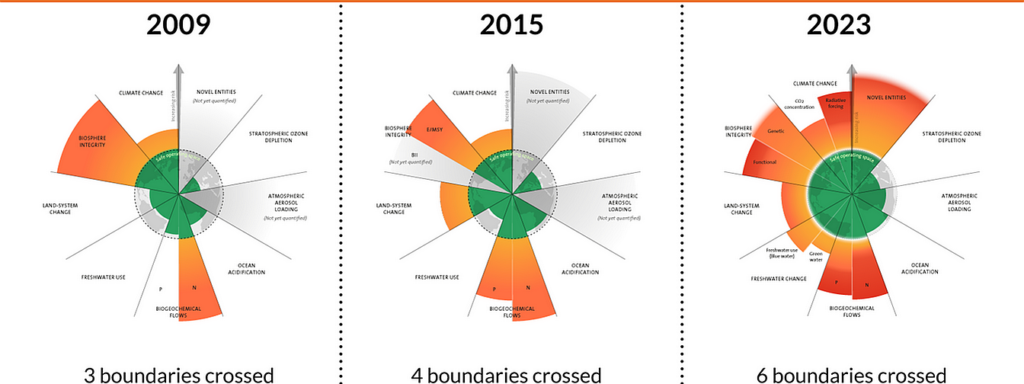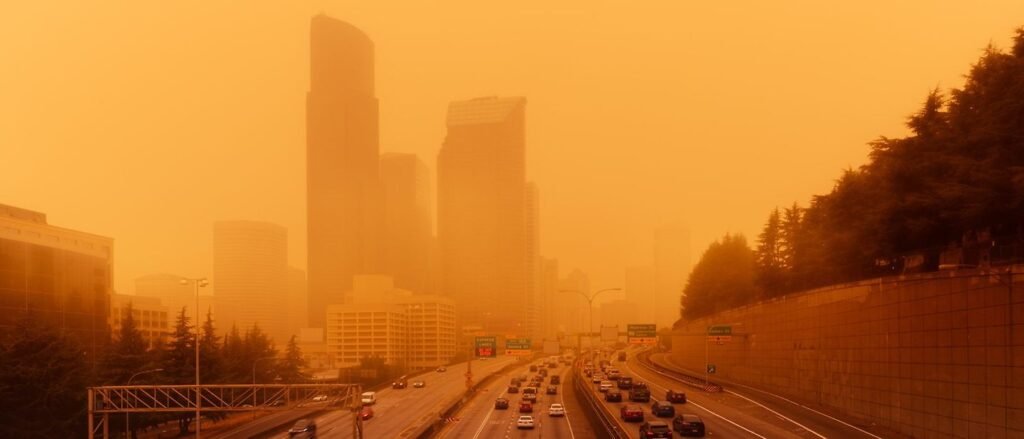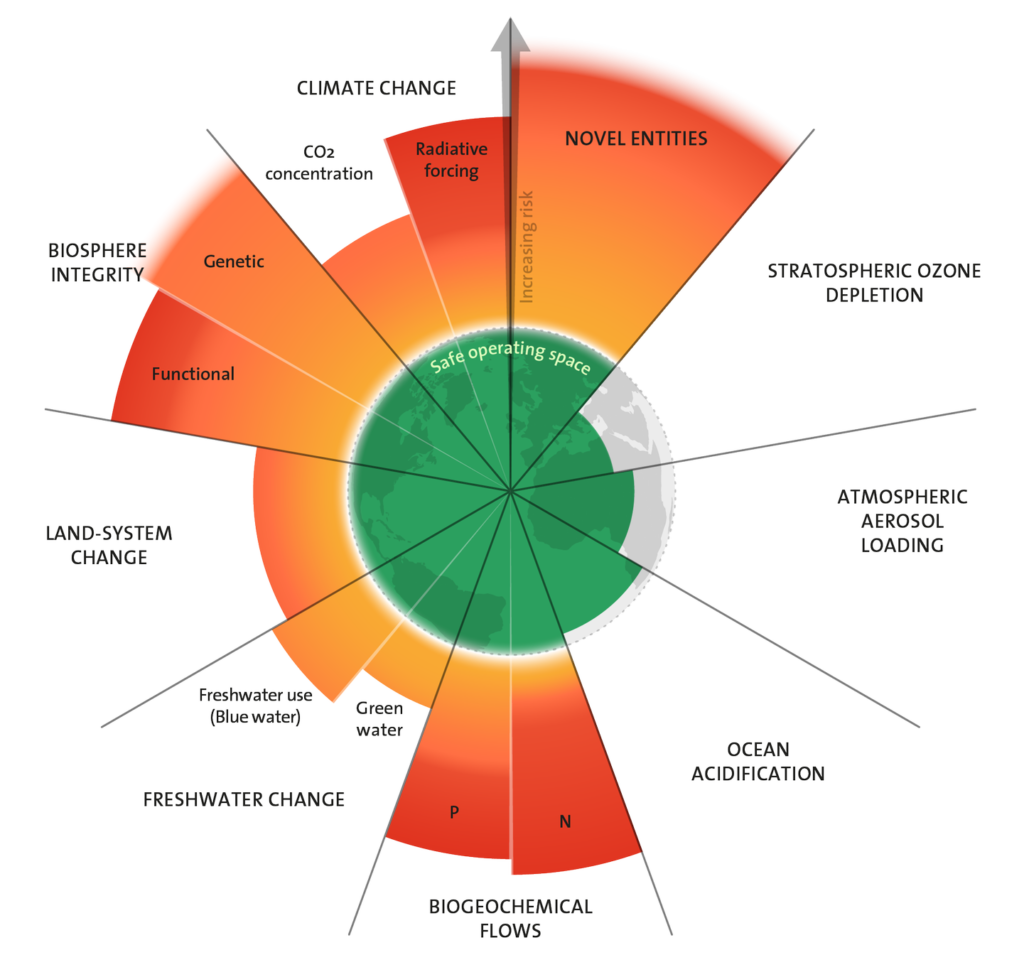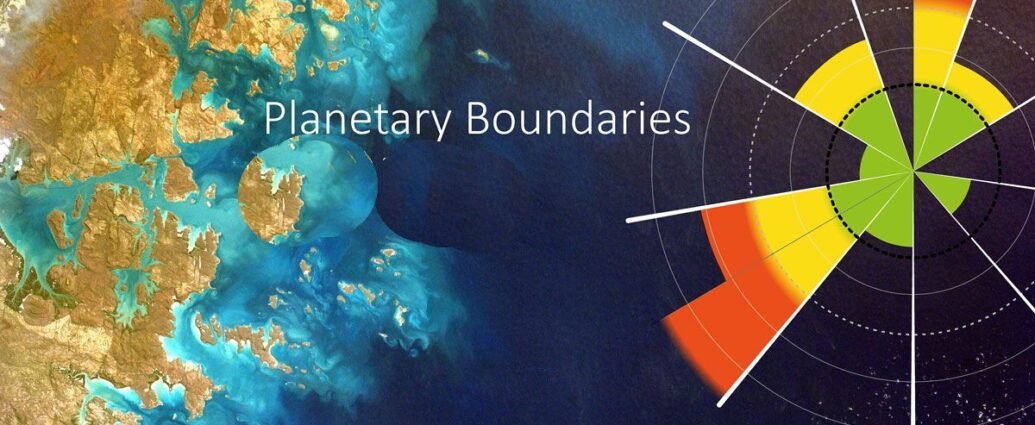Scientists are saying that earth’s life support systems have been damaged by human activities, pushing the planet beyond its safe operating limits. Their assessment discovered that humans have messed up six out of nine “planetary boundaries” due to pollution and destruction of the environment.

These planetary boundaries represent the limits of important global systems like climate, water, and wildlife diversity. The planetary boundaries were first proposed in 2009 by a group of scientists led by Johan Rockström of the Stockholm Resilience Center.
The boundaries are based on scientific evidence of the limits of the Earth’s natural systems. Crossing a planetary boundary can have a cascading effect on other systems, leading to a loss of resilience and increasing the risk of tipping points.

The broken boundaries mean that the Earth’s systems have been driven far from their safe and stable state over the past 10,000 years. This is a serious threat to human civilization, which has arisen and thrived in the Holocene era.
Six boundaries have been crossed and two are almost about to be broken: air pollution and ocean acidification. The scientists said the most concerning thing was that all four of the biological limits, which affect the living world, were either at or near the highest-risk level. The living world is super important for the Earth because it helps balance out some of the physical changes, like trees soaking up carbon dioxide pollution.

The scientists said that the planetary boundaries are not like irreversible tipping points where sudden and serious deterioration happens. Instead, they are points after which the risks of fundamental changes in the Earth’s physical, biological and chemical life support systems rise significantly.
This failing resilience could make restricting global heating to the 1.5C climate goal impossible and could bring the world closer to real tipping points. Scientists said in September that the world was on the brink of multiple disastrous tipping points.
Reference- The Guardian, National Geographic, Stockholm Resilience Center website, BBC






